The Southeast region includes Ho Chi Minh City and 5 provinces: Dong Nai, Binh Duong, Ba Ria - Vung Tau, Binh Phuoc, Tay Ninh. The region has an area of 23,551 km2 , accounting for 7.1% of the country's area; the population is about 18.8 million people, accounting for 18.9% of the country's population (in 2022).
In 2022, the GRDP (gross regional product) of the Southeast region will account for about 31% of the country; exports will contribute about 35%, and budget revenue will account for about 38% of the country.
The Prime Minister emphasized that the general spirit of planning is to create development and regional connectivity. "Planning must be one step ahead with innovative thinking, strategic vision, resolving obstacles, difficulties, and challenges, and making the best use of the region's unique potential, outstanding opportunities, and competitive advantages," the Prime Minister noted.
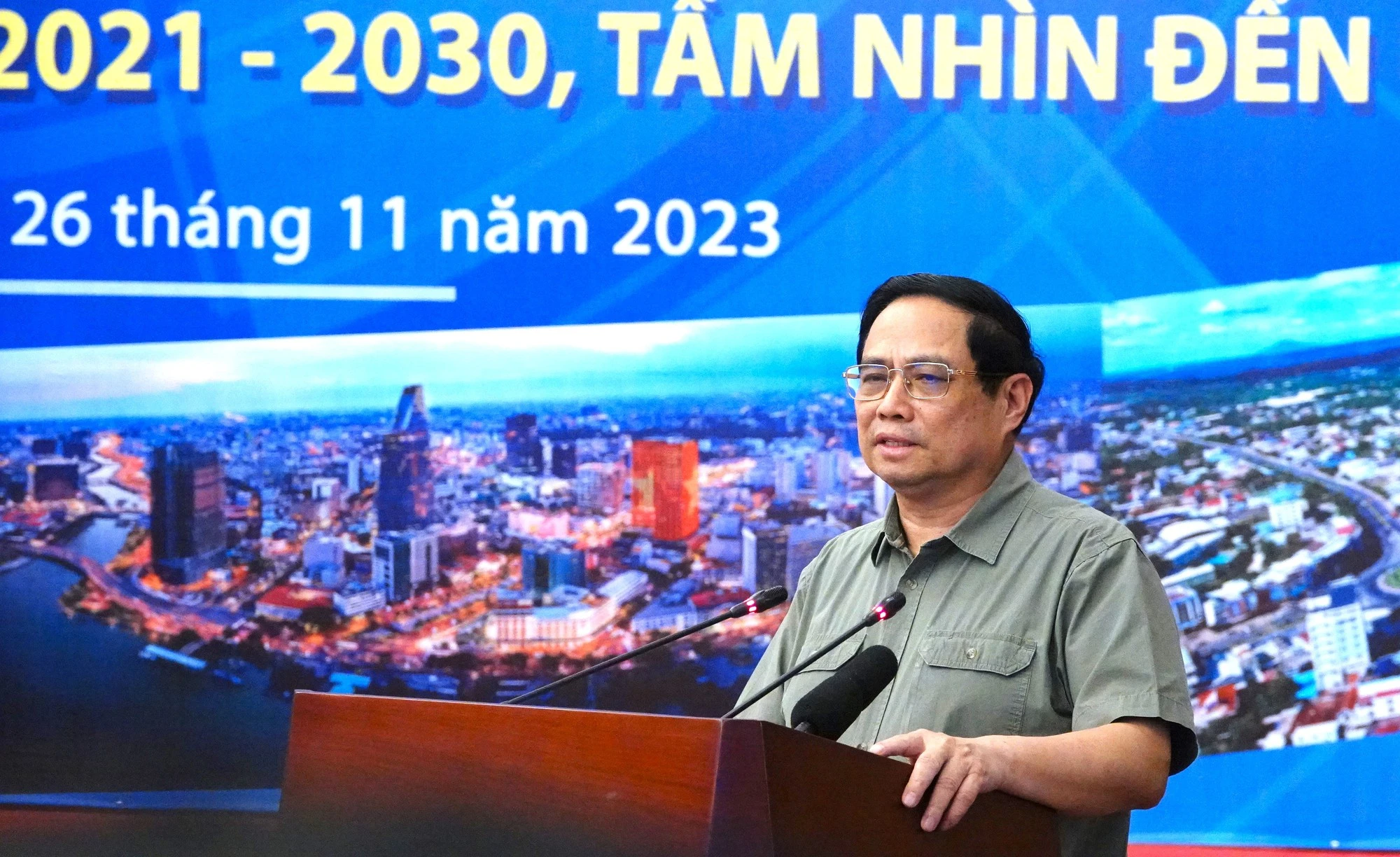
Prime Minister Pham Minh Chinh speaks at the 2nd meeting of the Southeast Regional Council
With its very special potential in terms of people, nature and historical and cultural traditions, the Prime Minister assessed that the Southeast region has all the conditions to become the largest socio-economic center, the locomotive and development model of the whole country.
However, the Southeast region is facing two major shortcomings. Firstly, the region's potential is large but its mechanisms and policies are still limited. Secondly, the strategic infrastructure is not yet adequate to promote its potential, opportunities and advantages.
Prime Minister suggests considering 2 issues when establishing Can Gio international super port
The Prime Minister noted that it is necessary to approach planning with a breakthrough mindset, not a progressive one, closely following reality and based on three main pillars. In which, people are the center, nature is the foundation, and cultural and historical traditions are the driving force for development.
Once there is a plan, it is necessary to diversify resources and combine them harmoniously and effectively. Specifically, internal resources are considered fundamental, strategic, long-term, and decisive, while external resources are important and breakthrough. At the same time, combine central and local, state and private resources.
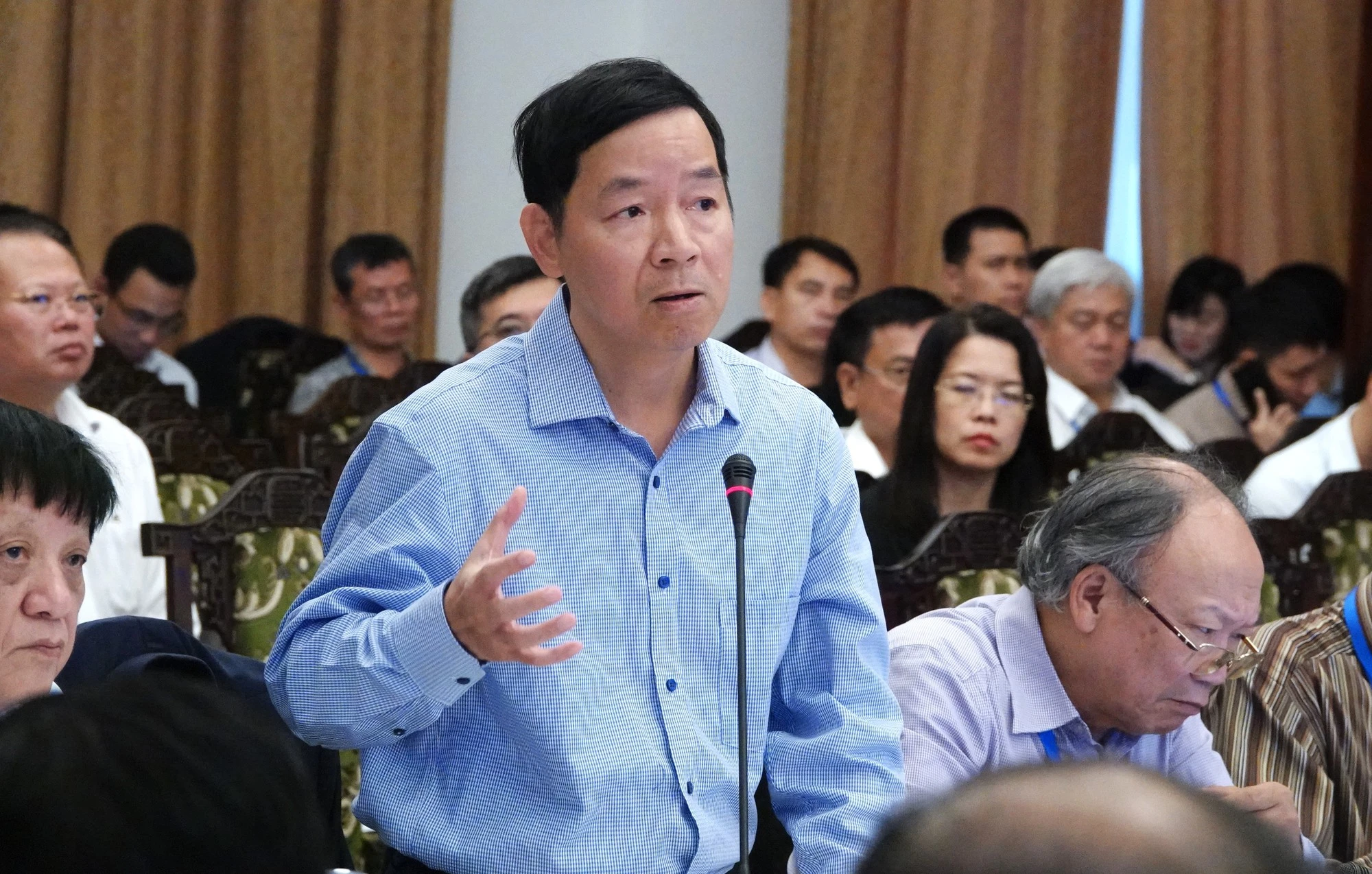
Dr. Vu Thanh Tu Anh believes that it is necessary to improve the infrastructure of the Southeast region.
Regarding the target, the Prime Minister proposed choosing a high growth scenario for the region, the 2021 - 2023 period is 9.22%, along with the implementation organization and appropriate resource mobilization mechanisms and policies.
The Head of Government noted the need to connect the economy between the Southeast region with the Central Highlands, South Central and Southwest regions in a complementary and mutually reinforcing manner. At the same time, promote international connections with Laos, Cambodia, the ASEAN region and several major economic centers in the world.
Outlining the orientation of some key projects, the Prime Minister said that it is necessary to build a large logistics center for the region and the whole country, including Cai Mep - Thi Vai port and Can Gio international transit port. In addition, it is necessary to focus resources on other large projects such as international financial center, subway system, railway, airport (Long Thanh, Tan Son Nhat, Bien Hoa).
Prioritize resources
At the conference, Chairman of the Ho Chi Minh City People's Committee Phan Van Mai proposed that the Southeast region must choose a high-development scenario, be the number 1 key economic region, and have the capacity to integrate and compete internationally. Therefore, national resources are needed for investment and development. Even in the period from now to 2030, it is necessary to invest 30-50% of national resources to have a locomotive and accelerate in the coming time.
The economic model of the region should develop according to the structure of industry - service - agriculture based on the application of science and technology. Mr. Phan Van Mai proposed to build the quadrilateral of Ho Chi Minh City - Binh Duong - Dong Nai and Ba Ria - Vung Tau into the most dynamic quadrilateral in Southeast Asia by 2030, then raise the level of Asia and reach the world.
Regarding intra-regional transportation, Mr. Phan Van Mai suggested investing in a connecting railway network, even influencing the development of urban, industrial and logistics infrastructure.
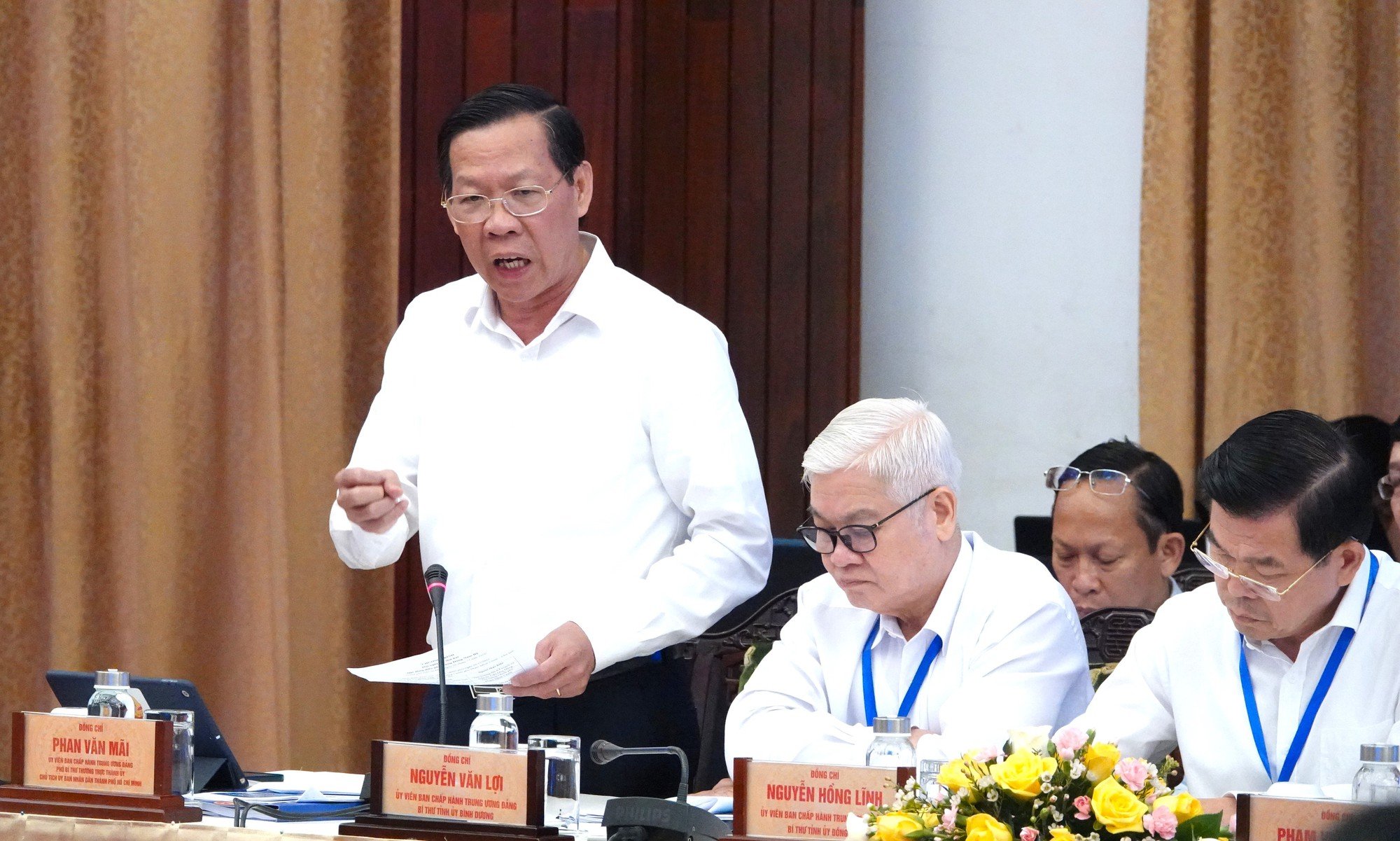
Mr. Phan Van Mai, Chairman of Ho Chi Minh City People's Committee
Dr. Vu Thanh Tu Anh, Director of the Fulbright School of Public Policy and Management, assessed the Southeast region as the most important growth pole in the country, but in recent years the growth rate has been lower than the national average.
Considering this a common failure, Dr. Tu Anh emphasized that the most important task is to change the growth rate of the region, so that the region can truly be the growth engine, leading the entire country's economy.
This expert proposed that priority should be given to infrastructure development, inter-regional connectivity, and international connectivity through transit ports and international airports. Regarding regional planning, Ho Chi Minh City is the core of the central region, so it is necessary to ensure that Ho Chi Minh City planning is connected and creates high unity.
Dr. Tu Anh emphasized that planning is difficult, but implementing planning is much more difficult, requiring large investment resources and mechanisms and governance for regional connectivity. However, these three conditions have not yet been fully met. Therefore, this expert hopes that the Prime Minister and ministries will mobilize resources and mechanisms to have effective implementation methods, and soon put regional planning into practice.
Source link



![[Photo] President Luong Cuong attends the inauguration of the international container port in Hai Phong](https://vphoto.vietnam.vn/thumb/1200x675/vietnam/resource/IMAGE/2025/5/13/9544c01a03e241fdadb6f9708e1c0b65)
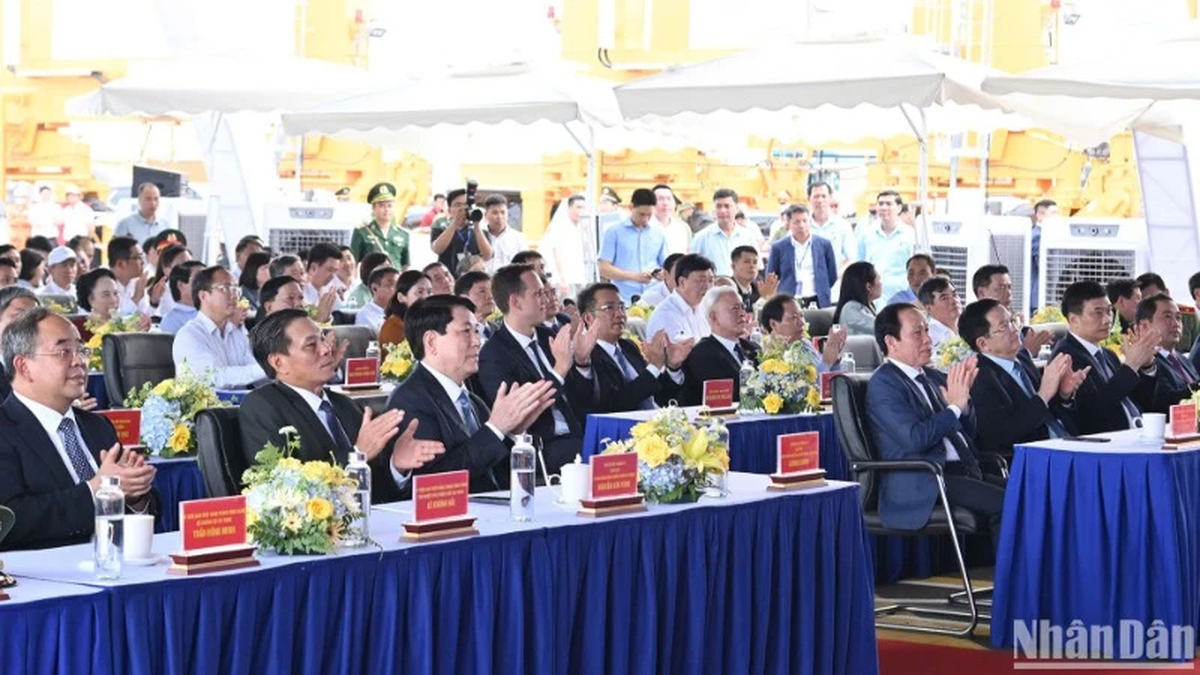

![[Photo] Prime Minister Pham Minh Chinh meets with US business representatives](https://vphoto.vietnam.vn/thumb/1200x675/vietnam/resource/IMAGE/2025/5/13/5bf2bff8977041adab2baf9944e547b5)

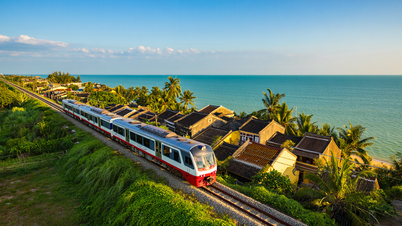



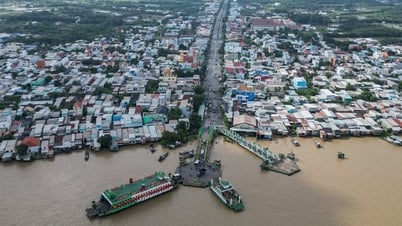



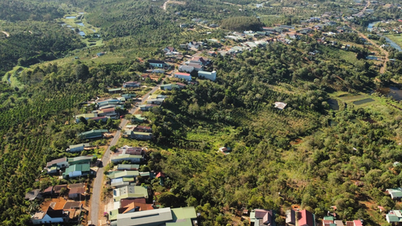


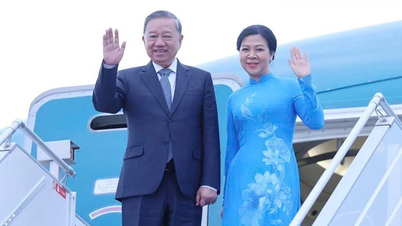

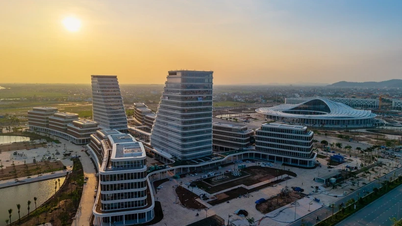
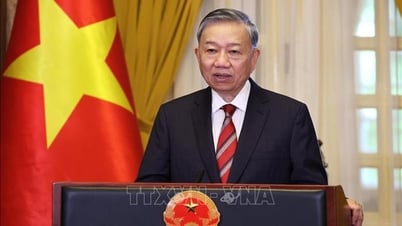
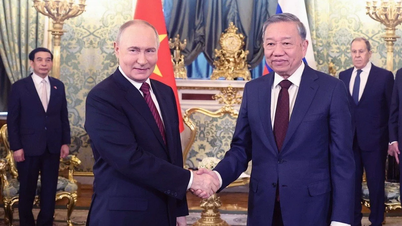
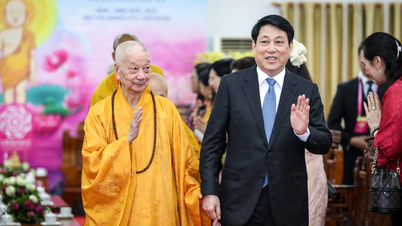





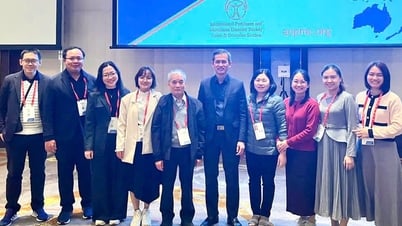

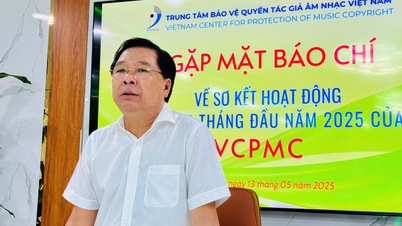





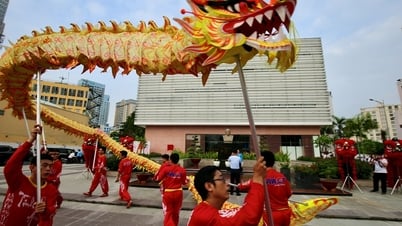



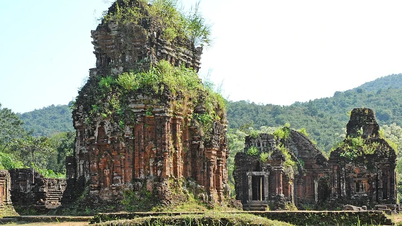

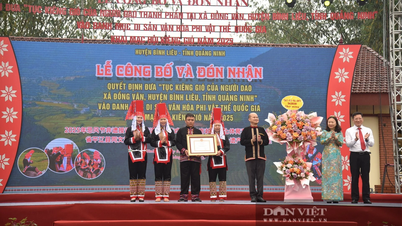

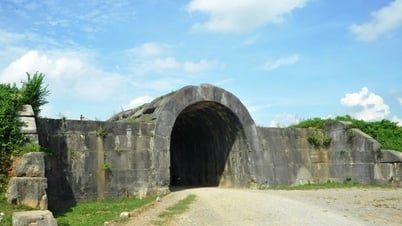


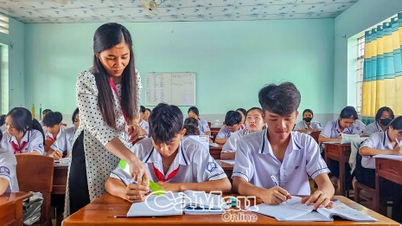

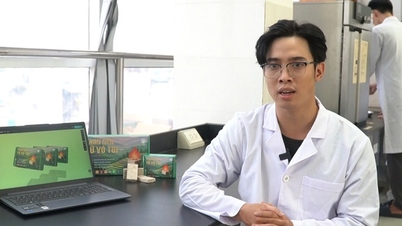
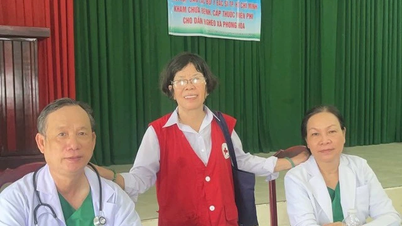


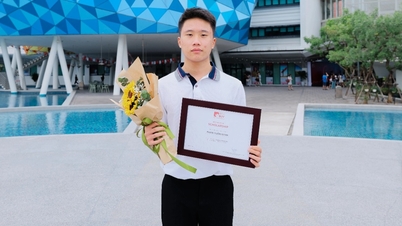
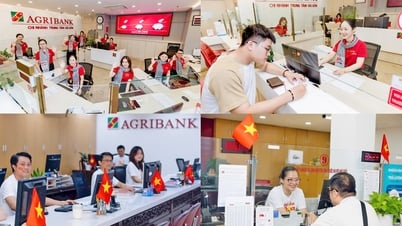


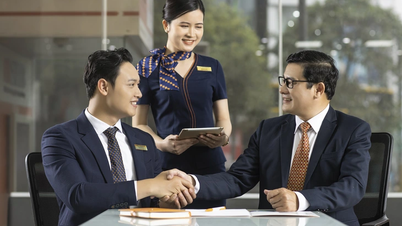





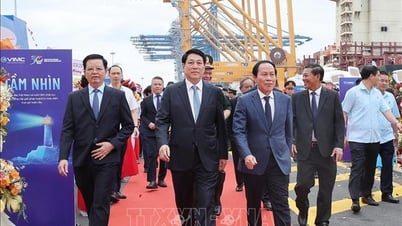


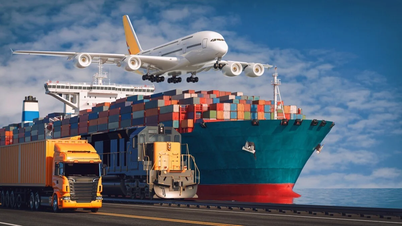

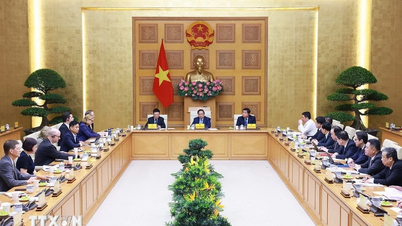

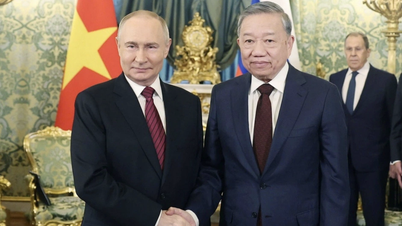




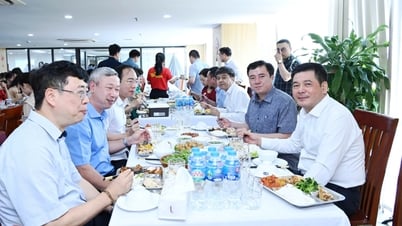




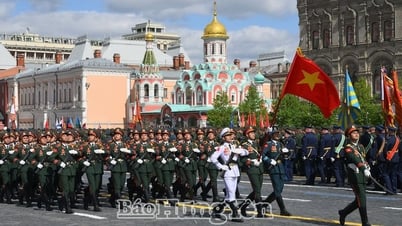



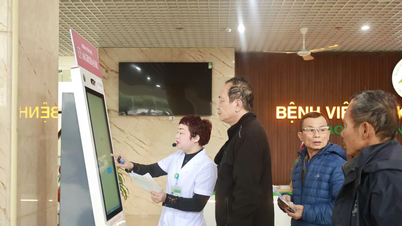



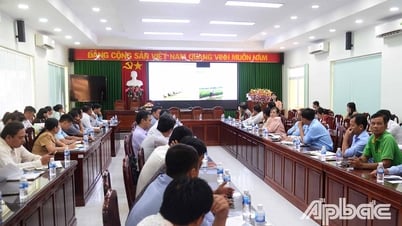
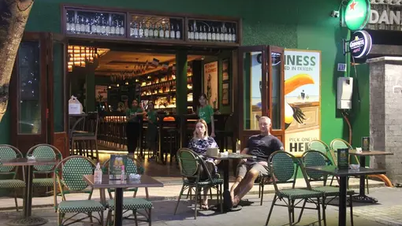



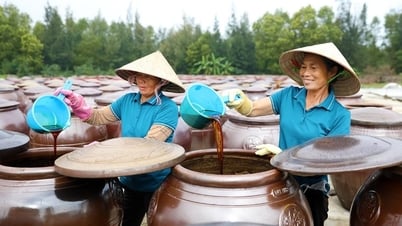



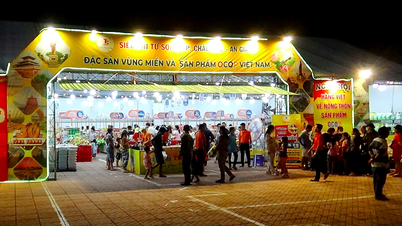

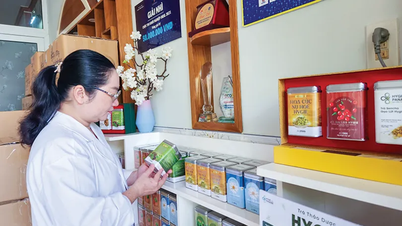

Comment (0)